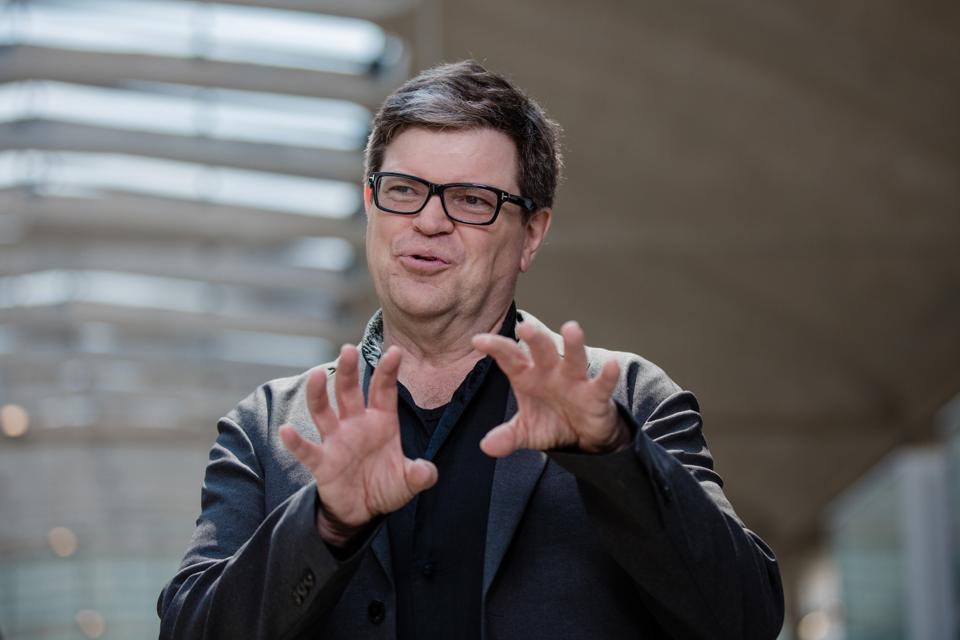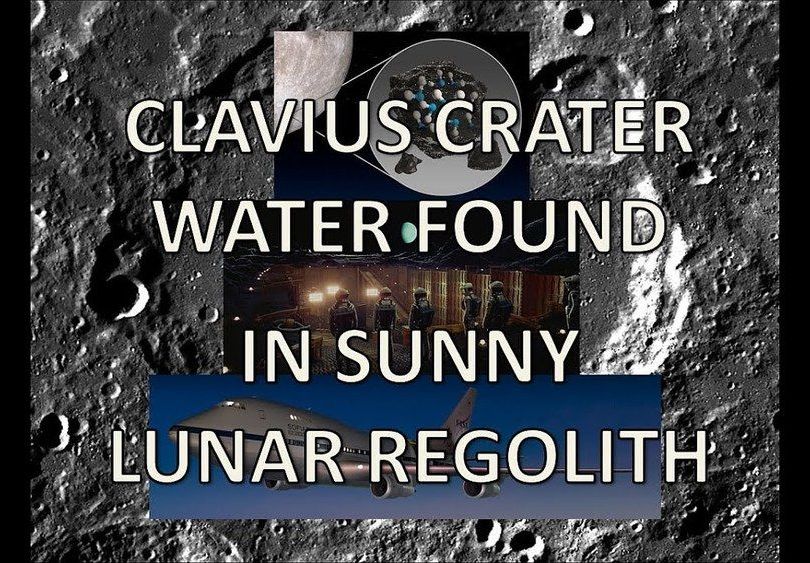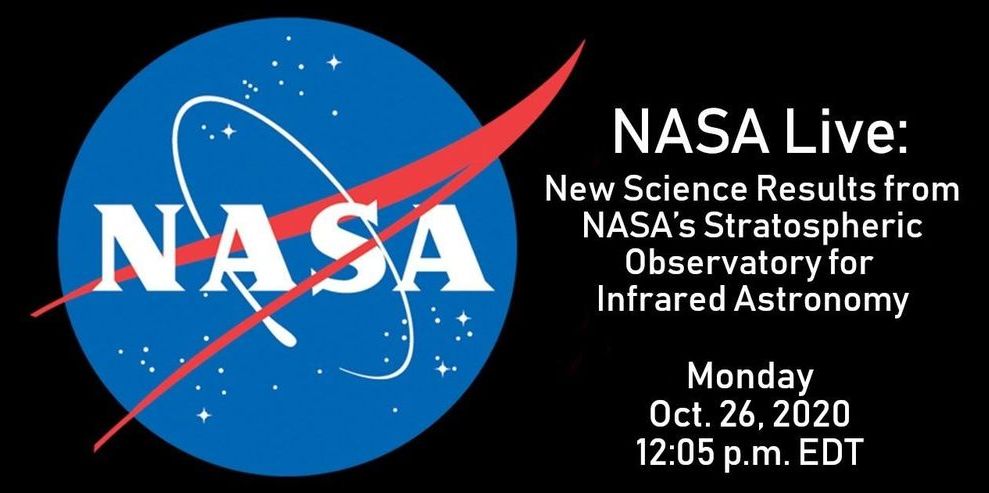
Patrick Windpassinger and his team demonstrate how light stored in a cloud of ultra-cold atoms can be transported by means of an optical conveyor belt.
A team of physicists led by Professor Patrick Windpassinger at Johannes Gutenberg University Mainz (JGU) has successfully transported light stored in a quantum memory over a distance of 1.2 millimeters. They have demonstrated that the controlled transport process and its dynamics has only little impact on the properties of the stored light. The researchers used ultra-cold rubidium-87 atoms as a storage medium for the light as to achieve a high level of storage efficiency and a long lifetime.
“We stored the light by putting it in a suitcase so to speak, only that in our case the suitcase was made of a cloud of cold atoms. We moved this suitcase over a short distance and then took the light out again. This is very interesting not only for physics in general, but also for quantum communication, because light is not very easy to ‘capture’, and if you want to transport it elsewhere in a controlled manner, it usually ends up being lost,” said Professor Patrick Windpassinger, explaining the complicated process.


















